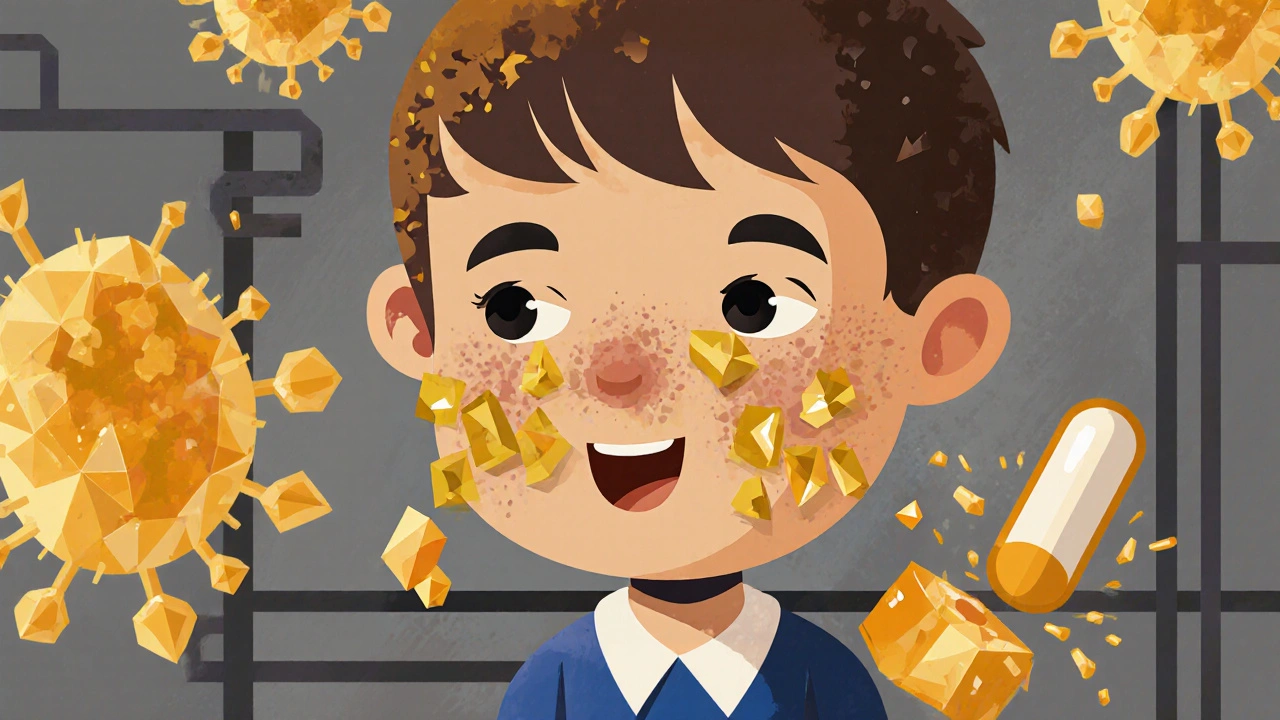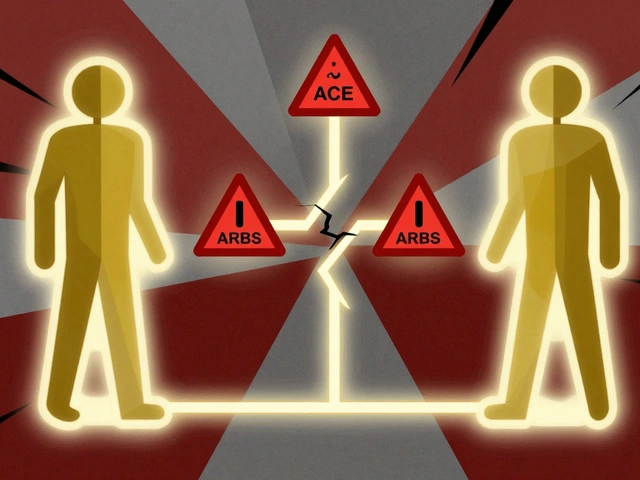Impetigo: Causes, Treatments, and What Really Works
When a red, oozing rash shows up on your child’s face or your own hands, it’s often impetigo, a highly contagious bacterial skin infection that mostly affects children but can strike adults too. Also known as school sores, it’s not just a nuisance—it spreads fast through touch, towels, or shared toys. The two main culprits are Staphylococcus aureus, a common bacteria that lives on skin and can turn harmful when it enters a cut or insect bite and Streptococcus pyogenes, the same bug behind strep throat that can cause impetigo when it infects broken skin. Unlike eczema or psoriasis, impetigo doesn’t come from allergies or genetics—it’s an invasion, and it needs a direct response.
Most cases start as small red spots that turn into blisters, then burst and form a honey-colored crust. It’s itchy, sometimes painful, and if left alone, it can spread to other parts of the body or to anyone nearby. Kids in daycare or sports teams are at highest risk. But adults aren’t safe either—especially those with eczema, diabetes, or weakened immunity. What’s often misunderstood is that you don’t need to be unclean to get it. Even a tiny scratch from a fingernail or a mosquito bite can be the doorway. The good news? It responds well to treatment. Topical antibiotics like mupirocin work fast for mild cases. For deeper or widespread infections, oral antibiotics like cephalexin or dicloxacillin clear it up in days. The key is starting early. Waiting means more spreading, longer recovery, and a higher chance of complications like cellulitis or kidney issues.
What you won’t find in most online guides is how often impetigo comes back. That’s because treating the skin isn’t enough—you need to break the chain of transmission. Wash bedding, towels, and clothes in hot water. Trim fingernails. Avoid touching the sores. If one family member has it, others should watch for early signs. It’s not a sign of poor hygiene, but it does demand smart habits. And while some people try home remedies like tea tree oil or honey, there’s no solid proof they work faster than the antibiotics doctors actually prescribe. The science is clear: targeted antibiotics stop the infection. The rest is about stopping the spread.
Below, you’ll find real-world guides from people who’ve dealt with impetigo—whether it was their child, a teammate, or themselves. You’ll see what treatments actually worked, what didn’t, and how to avoid making the same mistakes. No fluff. Just what you need to know to get through it fast and keep it from coming back.

Bacterial Skin Infections: Impetigo, Cellulitis, and Antibiotics Explained
Impetigo and cellulitis are two common bacterial skin infections that look similar but require very different treatments. Learn how to tell them apart, what antibiotics actually work, and when to seek emergency care.
read more




